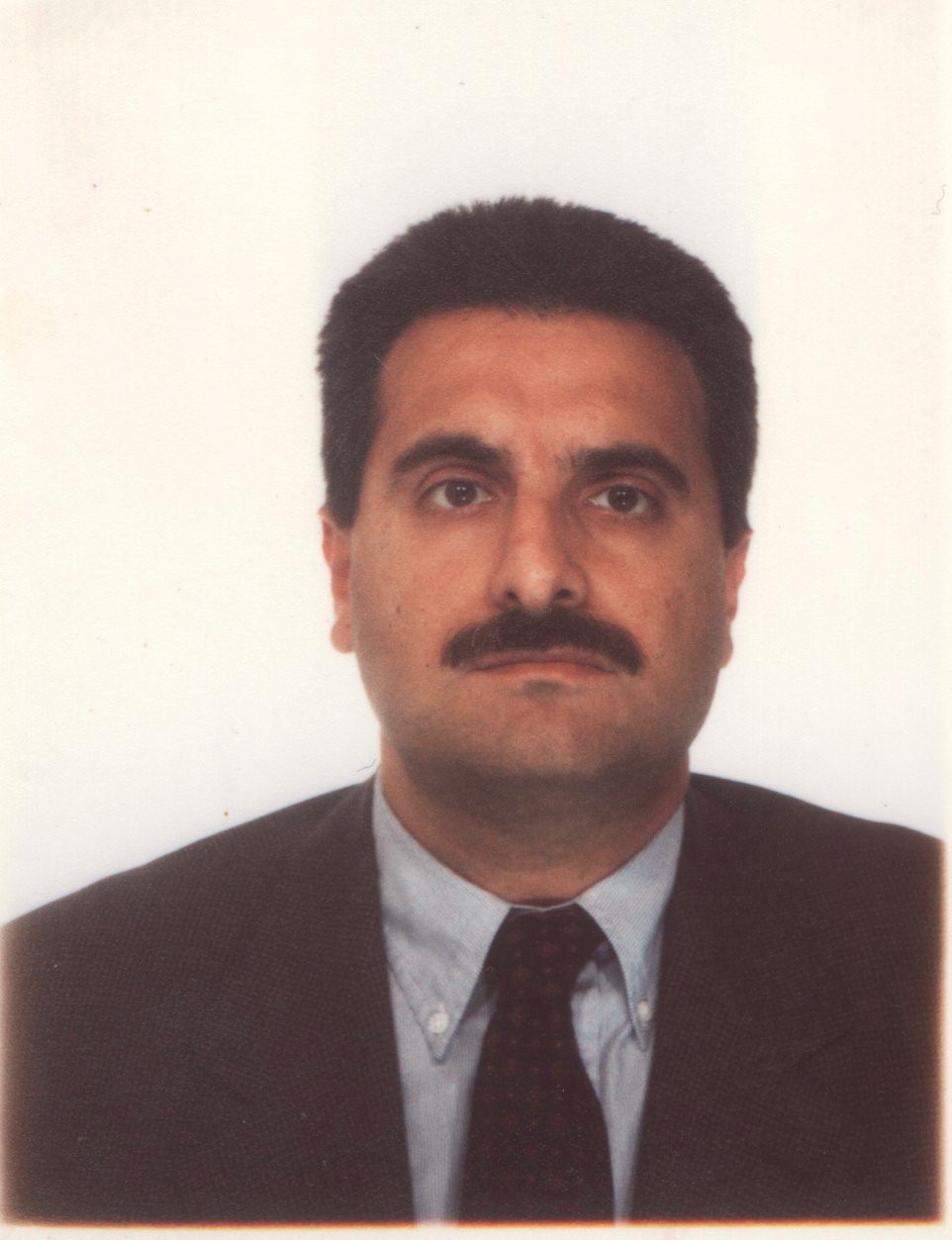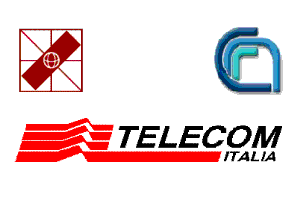organized
by
May
19-24 2002, Pisa - ITALY
Communications Through Virtual Immersive Technologies
|
|
|
|
|
sponsored
by
|
|
|
|
|
|
|
|
|
|
|
|
|
Communications Through Virtual Immersive
Technologies
monday, may 20, 14.15-18.00
The evolution of technology in support of the Knowledge Society of the years 2000's will be rooted into three dominant trends: (a) pervasive diffusion of intelligence in the space around us, through the development of network technologies towards the objective of the so-called "Ambient Intelligence" (AmI); (b) increasingly relevant role of mobility, through the development of mobile communications, from the UMTS, towards the so-called "Fourth Generation" (4G); (c) increase of reachness and completeness of communications, through the development of multimedia technologies, towards the "Immersive Virtual Telepresence" (TIV), including an increased attention to the aspects of human perception and of person-machine interaction.
The tutorial intends to provide an insight on some of the main technologies that will allow the development of this new perspective, as well as on related human factors.
- Scenarios for virtual immersive technologies (F. Vatalaro)
- Development of mobile communications: from 3G onward (F.Vatalaro)
- Virtual communications: hardware, software tools, and terminals (F. Davide)
- Virtual communications: telepresence, social interactions and human factors (G. Riva)
|
Francesco Vatalaro Univ. of Rome Tor Vergata |
Giuseppe Riva Istituto Auxologico Italiano |
Fabrizio Davide Telecom Italia Rome, Italy |
 Francesco
Vatalaro received the Dr. Ing. degree in Electronics Engineering from
the University of Bologna, Italy. He was with Fondazione Ugo Bordoni,
FACE Standard, and Selenia Spazio, Italy. In 1987, he became an Associate
Professor of Radio Systems at the University of Roma Tor Vergata, Italy,
where he is presently a Professor. In 1998, he was a Visiting Professor
at the University of Southern California, and in 2000 a Visiting Professor
at UCLA, both in Los Angeles, CA. Since 1985 he collaborates in and coordinates
several telecommunications projects within national Italian and European
programmes. He was a co-winner of the 1990 "Piero Fanti" INTELSAT/Telespazio
international prize. He is a member of the Editorial Board of the Int.
J. of Satellite Communications, J. Wiley. He is the Chairman of the IEEE
joint Vehicular Technology/Communications Society Italy Chapter, and is
a member of several Scientific Committees. He is the author of about 150
scientific papers.
Francesco
Vatalaro received the Dr. Ing. degree in Electronics Engineering from
the University of Bologna, Italy. He was with Fondazione Ugo Bordoni,
FACE Standard, and Selenia Spazio, Italy. In 1987, he became an Associate
Professor of Radio Systems at the University of Roma Tor Vergata, Italy,
where he is presently a Professor. In 1998, he was a Visiting Professor
at the University of Southern California, and in 2000 a Visiting Professor
at UCLA, both in Los Angeles, CA. Since 1985 he collaborates in and coordinates
several telecommunications projects within national Italian and European
programmes. He was a co-winner of the 1990 "Piero Fanti" INTELSAT/Telespazio
international prize. He is a member of the Editorial Board of the Int.
J. of Satellite Communications, J. Wiley. He is the Chairman of the IEEE
joint Vehicular Technology/Communications Society Italy Chapter, and is
a member of several Scientific Committees. He is the author of about 150
scientific papers.

